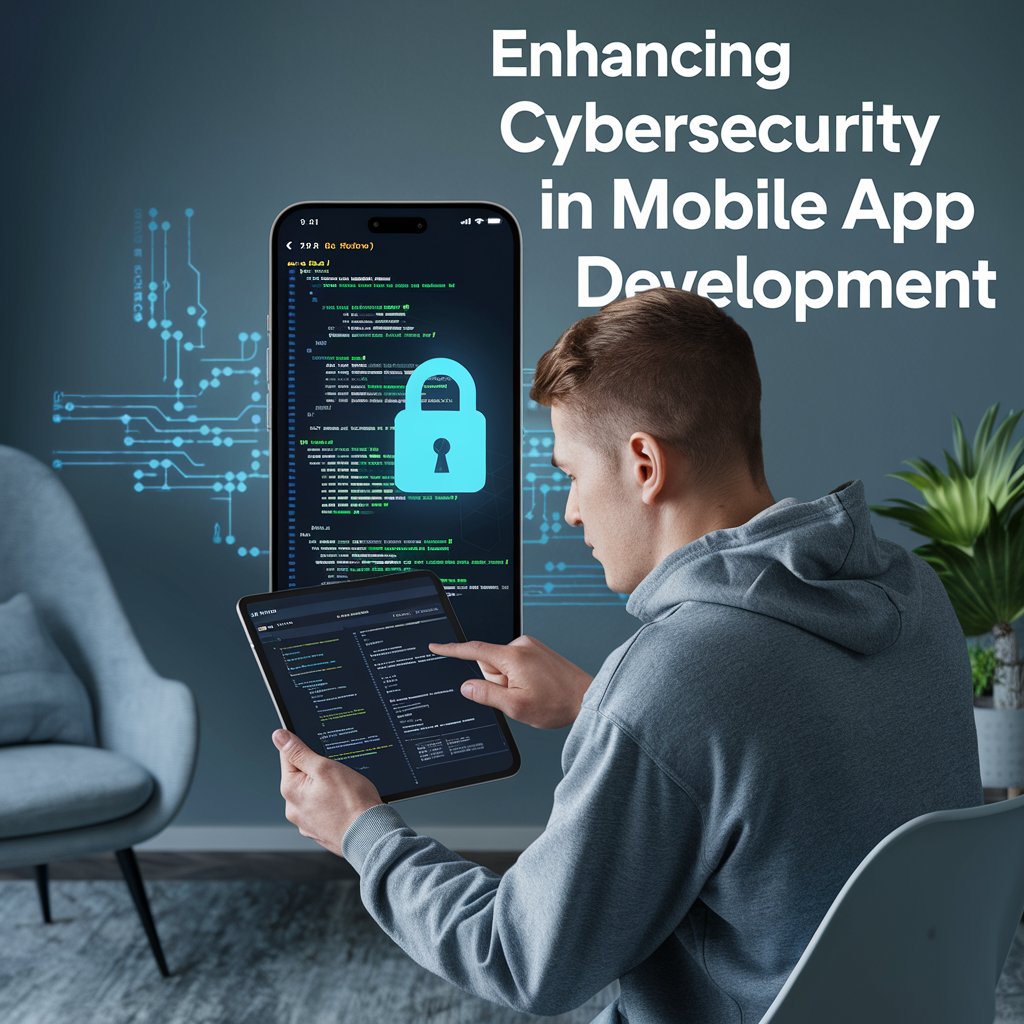UA
5 Min Read
1. Prioritize Secure Code Practices
Writing secure code is the foundation of a secure mobile application. Poorly written code can open the door to vulnerabilities and attacks.
Input Validation: Always validate user input to prevent injection attacks such as SQL injection or cross-site scripting (XSS).
Avoid Hardcoding Secrets: Never hardcode sensitive information, like API keys or passwords, within the app’s codebase. Use secure methods like environment variables or encrypted storage.
Code Obfuscation: Use code obfuscation techniques to make it harder for attackers to reverse-engineer the app.
Regular Code Reviews: Conduct peer reviews and use automated tools to scan for vulnerabilities in your code.
2. Implement Strong Authentication and Authorization
Authentication and authorization mechanisms control user access to the app and its features.
Multi-Factor Authentication (MFA): Require additional verification steps, such as SMS codes or biometrics, for high-risk actions.
Token-Based Authentication: Use tokens like OAuth or JWT to handle user sessions securely.
Role-Based Access Control (RBAC): Limit access to features and data based on user roles to reduce exposure to sensitive information.
3. Encrypt Data at Rest and In Transit
Encryption ensures that data remains secure even if intercepted or accessed by unauthorized parties.
Transport Layer Security (TLS): Use TLS protocols to encrypt data transmitted between the app and backend servers.
Secure Storage: Encrypt sensitive data stored on the device using tools like Android’s Keystore or iOS’s Keychain.
Avoid Weak Encryption Algorithms: Use industry-standard algorithms like AES-256 for encryption.
4. Secure APIs and Backend Services
APIs are often the gateway to sensitive data, making them a common target for attackers.
Use API Gateways: Implement API gateways to authenticate and manage traffic between the app and backend.
Rate Limiting: Protect APIs from abuse, such as brute force attacks, by limiting the number of requests from a single source.
Authentication for APIs: Secure APIs with strong authentication mechanisms, such as OAuth 2.0.
Input Sanitization: Ensure APIs properly validate and sanitize input to prevent injection attacks.
5. Employ Mobile-Specific Security Features
Mobile platforms like iOS and Android offer security features that developers can leverage.
App Sandboxing: Take advantage of the sandboxing environment that isolates apps and limits their interactions with the operating system and other apps.
Permissions Management: Request only the necessary permissions for the app to function and provide clear explanations to users.
Secure Communication Channels: Use platform-specific methods like App Transport Security (ATS) on iOS to enforce secure connections.
6. Test for Vulnerabilities
Testing is critical for identifying and addressing security gaps before deployment.
Penetration Testing: Conduct penetration tests to simulate real-world attacks on the app and identify vulnerabilities.
Static and Dynamic Analysis: Use static analysis tools to review code and dynamic analysis tools to monitor app behavior at runtime.
Bug Bounty Programs: Encourage ethical hackers to find vulnerabilities in exchange for rewards, fostering continuous improvement.
7. Protect Against Reverse Engineering
Attackers often reverse-engineer mobile apps to uncover vulnerabilities or steal intellectual property.
Code Obfuscation: Obfuscate code to make it harder for attackers to analyze.
Binary Protection: Use tools like ProGuard (Android) or Bitcode (iOS) to add another layer of defense.
Certificate Pinning: Ensure the app communicates only with trusted servers by pinning certificates within the app.
8. Regularly Update and Patch
Keeping your app and its dependencies up-to-date is essential to stay ahead of evolving threats.
Patch Management: Regularly release updates to fix known vulnerabilities.
Third-Party Library Audits: Continuously monitor and update third-party libraries to mitigate risks from outdated dependencies.
Security Notifications: Monitor security advisories from mobile platforms and frameworks.
9. Educate Developers on Security
Invest in training for developers to stay updated on the latest security trends and best practices.
Security Training Programs: Offer courses on secure coding, threat modeling, and the OWASP Mobile Top 10 vulnerabilities.
Threat Awareness: Educate teams on common attack vectors, such as phishing, man-in-the-middle (MITM) attacks, and malware.
10. Adopt a Secure Development Lifecycle (SDLC)
Integrating security into every phase of development ensures a proactive approach to cybersecurity.
Threat Modeling: Identify potential threats early in the development process.
Security Requirements: Define security goals and requirements alongside functional specifications.
Continuous Monitoring: Post-deployment, monitor the app for unusual activity or emerging threats. audit3aa
Join our newsletter list
Sign up to get the most recent blog articles in your email every week.
You can copy our materials only after making sure that your services are safe.
This site is protected by reCAPTCHA and the Google Privacy Policy and Terms of Service apply.










